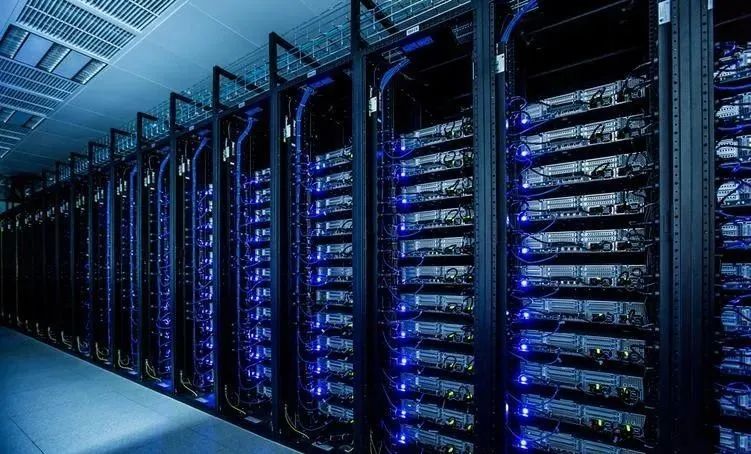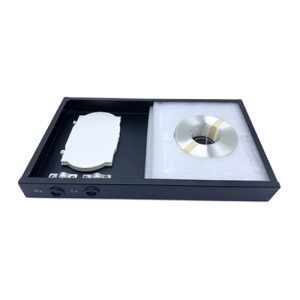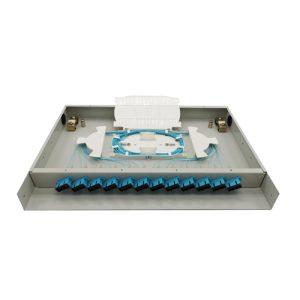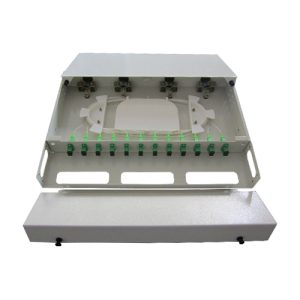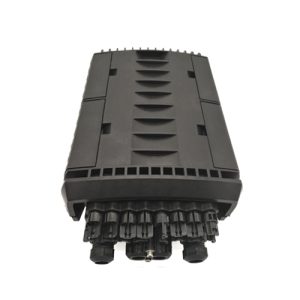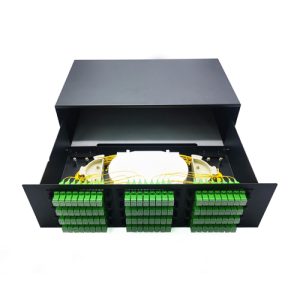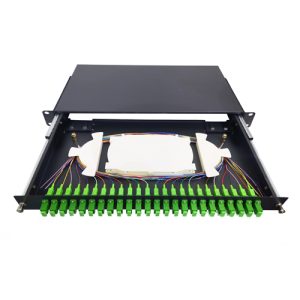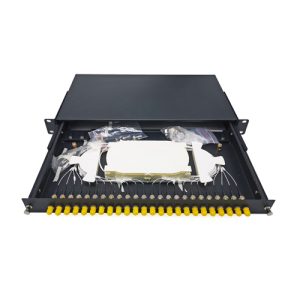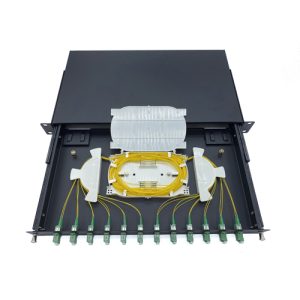Data Center Network
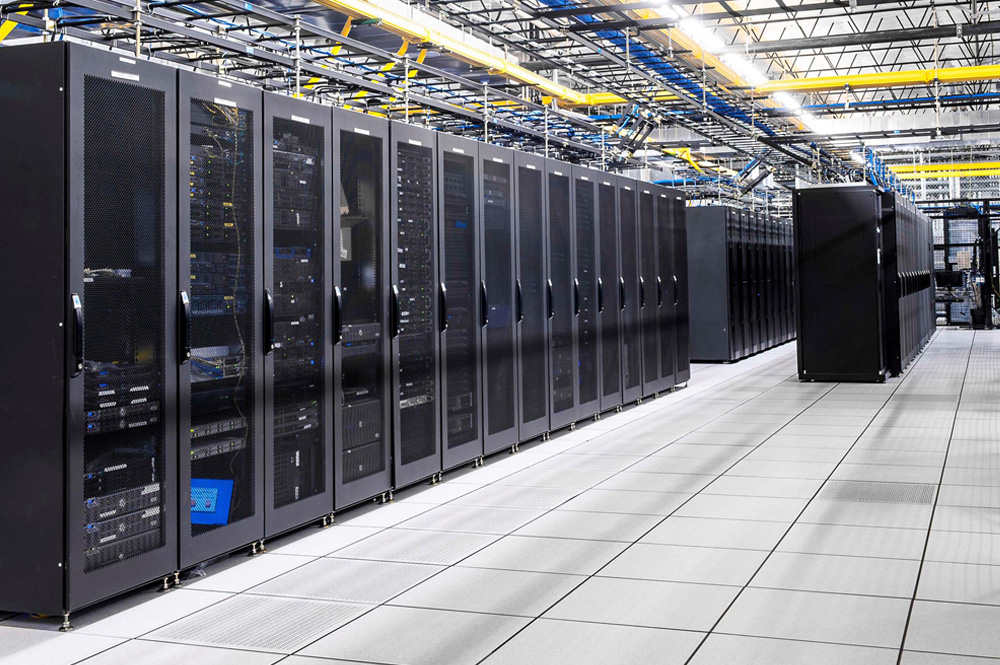
What is Data Center?
Data center usually refers to the centralized processing, storage, transmission, exchange and management of information in a physical space. The emergence of data centers has led to the understanding of people from the quantitative, structured world into the uncertain and unstructured world, which will gradually become a part of the infrastructure of modern society, just like transportation and network communication, and then have a positive impact on many industries.
Computer equipment, server equipment, network equipment, storage equipment, etc. are often considered to be the critical equipment in the core server room of a network. The environmental factors required for the operation of critical equipment, such as power supply system, cooling system, cabinet system, fire protection system, monitoring system, etc. are usually considered as the infrastructure of the critical room.
Data Center Development Process
- Computing centers, i.e., data storage and simple computing stage, appeared in the 1960s
- Information centers, i.e., data processing and business applications stage, appeared in the 1980s
- Service center, i.e. service data center stage, appeared in the early 21st century.
The development trend of data center mainly starts from flexibility, green energy saving, modularity, integration, automation, stability and security, virtualization and cloud computing. The new generation data center should have the characteristics of virtualization, which can break the comfort between IP users and IP resources and make the complex system simplified. Virtualization is one of the important technologies that influence the development of the next generation data center. His advantage is to effectively improve the utilization efficiency of the data center, reduce the cost of the head, integration, optimization of existing server resources and performance, can be flexible, dynamic to meet the needs of business development. Virtualization allows data centers to host infrastructure resources can be taken at will like water and electricity. Closely linked to the virtualization business model is cloud computing, the core of cloud computing is virtualized resource sharing.
Data Center Components
- Basic environment: mainly refers to the data center server room and building wiring and other facilities, including electricity, refrigeration, fire protection, access control, monitoring, decoration and so on.
- Hardware equipment: mainly including core network equipment, network security equipment, servers, storage, disaster recovery equipment, cabinets and ancillary facilities
- Basic software: server operating system software, virtualization software, LaaS service management software, database software, anti-virus software, etc.
- Application support platform: Generally speaking, it is a unified software platform with industry characteristics, integrating heterogeneous systems, interoperability of data resources, and the rest is specific application software. Most of them should be made hardware-independent. The important thing is that the list of software and hardware alone can not constitute a good data center, the key is how to design, how to integrate, how to operate, which is the focus of the value of a data center.
Data Center Access Way
Data center access is mainly divided into two categories: internet access and carrier access.
- Internet access
Data center using broadband ADSL access, the advantage of this method is that the bandwidth up to the cost of economic. The disadvantage is that the security is poor, the delay is slightly larger than the private line access.
Using LAN shared Internet access, this method is basically similar to ADSL access, single attention to access the need to do port mapping.
Using telephone line dial-up access. The access bandwidth of this method is narrower, so it is only applicable to the rental mode with fewer points and small amount of data.
- Adopt carrier access
The data center uses wireless network operators (such as: China Mobile, China Telecom and other operators) to provide channel access, and there are several connection methods in this way:
Using the mobile company room dedicated line access, this way of bandwidth (generally 2M), on the delay, security is very good, but the price of renting this dedicated line is more expensive. Particularly suitable for banks, POS unit network and other users who need a higher coefficient of safety, the case of a very large number of sub-stations is also recommended to use this method.
GPRS wireless access, this way in the data center to connect a GPRS MODEM, through the data center PC dial-up access. Advantages are rapid network organization and economical cost. The disadvantage is that the bandwidth is narrow (GPRS upstream 10kbps, downstream 40kbps), the delay is large. This method is more often used in testing. If you are going to use it in the actual project, you need to pay attention to the SIM card needs to apply for APN.
How Data Centers Work?
Data center jobs are based on the successful execution of data center operations. Data center operations include the day-to-day maintenance of data center systems and processes.
Data center operations include setting up and managing network resources, securing the data center, and monitoring power and cooling systems. Different types of data centers vary in size, reliability, and redundancy and are defined by the IT needs of the organization operating the data center. The expansion of cloud computing is driving their modernization, including automation and virtualization.
A data center consists of real or virtual servers connected externally and internally via communications and networking equipment to store, transmit, and access digital data. Each server is comparable to a home computer because it contains a CPU, storage space, and memory, but is more powerful. Data centers use software to cluster computers and distribute the load among them. To keep all of this running properly, data centers use the following key elements:
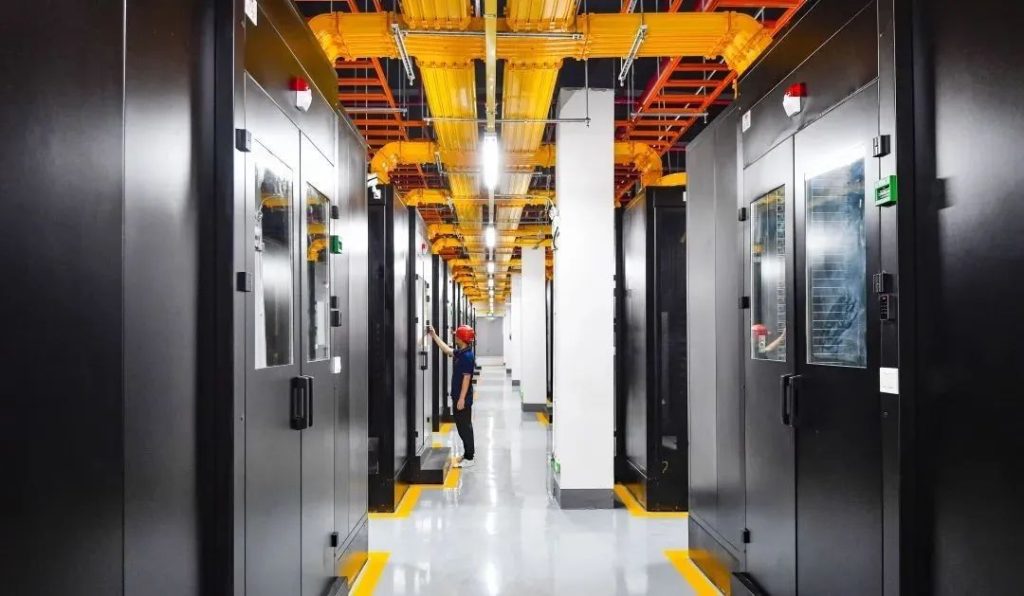
1、High availability systems and redundancy
Availability in a data center refers to components that are in an operational state at all times. Regular maintenance of the system is carried out to ensure that future activities run smoothly. We can arrange for failover in which the server switches duties to a remote server to increase redundancy. In IT infrastructure, redundant systems reduce the risk of single point of failure.
2、Network Operation Center
A network operations center is a workspace for employees or dedicated staff responsible for monitoring, managing and maintaining data center computer resources. The network operations center can provide all information and update all activities in the data center. Its responsible person can view and control the network visualization being monitored.
3、Uninterruptible Power Supply
Without a doubt, power is the most critical aspect of a data center. Hosted devices or web-hosted servers use a dedicated power supply within the data center. Every data center needs power backups to ensure that its servers continue to run and maintain overall service availability.
- Physical Security Measures
A secure data center requires the implementation of security mechanisms. Vulnerabilities in the DC infrastructure must first be identified. Multi-factor identification, building-wide surveillance, metal detectors and biometric systems are some of the measures to ensure the highest level of security, and data centers also require on-site security personnel.
- Strong Cooling Systems
Power and cooling are equally important in a data center. Colocation equipment and web hosting servers require adequate cooling to prevent overheating and ensure their continued operation. Data centers should be built to ensure that there is adequate airflow and that the system is always cool.
- Backup power systems
Uninterruptible power supplies (UPS) and generators are both components of a backup system. Generators can be configured to start automatically during power interruptions. As long as the generators are fueled, they will continue to operate during a power outage.The UPS system should provide redundancy so that a failed module does not affect the capability of the entire system. Regular maintenance of the UPS and batteries reduces the likelihood of failure during a power outage.
- Data Center Computerized Maintenance Management System
A CMMS is one of the most effective ways to monitor, measure and enhance a maintenance program. The program enables data center management to track the progress and associated costs of maintenance work performed on their assets. The program will help reduce maintenance costs and increase internal efficiency.
Artificial intelligence also plays an important role in its work in modern data centers. With AI, algorithms can monitor energy allocation, cooling capacity, server traffic and cyber threats in real time and automatically adjust efficiency to accomplish traditional DCIM tasks. AI can shift workloads to underutilized resources, identify possible component failures, and balance resources in the pool. It does this with minimal human intervention.
Data Center Types
1.Enterprise data centers
Enterprises build and own these private data centers for their end customers. They can be placed both internally and externally and serve the IT processes and essential applications of an individual business. In a natural disaster, an enterprise can isolate its business activities from its data center operations. Alternatively, it can build the data center in a colder environment to reduce energy consumption.
- Colocation facilities
Multi-tenant data centers, called colocation data centers, provide data center space for businesses that wish to remotely host their computer equipment and servers.
These leased spaces within the hosting center are the property of other parties. The leasing company is responsible for providing the hardware, while the data center is responsible for providing and managing the infrastructure, including the physical area, connectivity, ventilation, and security systems.
Hosting is attractive to businesses that want to avoid the high capital costs involved in developing and operating their own data centers.
- Edge computing data centers
The desire for instant connectivity, the expansion of the Internet of Things, and the need for insights and robotics are driving the emergence of edge technologies that enable processing closer to the actual data source. Edge data centers are compact facilities that address latency issues by being located at the edge of the network and near data sources.
These data centers are small and close to the users they serve, allowing for low-latency connections to smart devices. By handling multiple services as close to the end user as possible, edge data centers enable organizations to reduce communication latency and enhance the customer experience.
- Superscale Data Center
Hyperscale data centers are designed to host large-scale IT infrastructure. These hyperscale computing infrastructures are synonymous with large-scale providers such as Amazon, Meta, and Google that optimize hardware density while reducing cooling costs and management overhead.
Like operational data centers, hyperscale data centers are owned and maintained by the businesses they serve, although for cloud computing and big data retention platforms, the scope is broader. The minimum requirements for a hyperscale data center are 5,000 servers, 500 cabinets, and a 10,000-square-foot footprint.
- Cloud Data Centers
These decentralized data centers are operated by third-party or public cloud providers such as AWS, MicrosoftAzure and Googlecloud. The leased infrastructure is based on an infrastructure-as-a-service approach that allows users to set up virtual data centers in minutes. Keep in mind that a cloud data center operates like any other type of physical data center for the cloud provider that manages it.
- Modular Data Center
Modular data centers are modules or physical containers bundled with ready-to-use plug-and-play data center elements: servers, storage, network hardware, UPS, stabilizers, air conditioners, etc. In permanent situations, they are implemented to free up space or to allow for rapid organizational growth, such as installing IT equipment to support classrooms in an educational institution.
- Hosted Data Center
In a hosted data center, a third-party provider offers processing, data storage, and other related services to an organization to help manage its IT operations. This data center type is deployed, monitored, and maintained by the service provider, which provides functionality through a controlled platform.
Hosted data center services may also be available through hosted facilities, cloud-based data centers, or fixed hosting locations. Managed data centers may be fully or partially hosted, but unlike hosting, these data centers are not multi-tenant by default.
Problems Faced By Data Cneter
- Inadequate Reliability and Availability
- Inadequate Sustainability
- Low level of professional operation and maintenance management
- High cost of energy consumption
- Difficulty in performance evaluation
